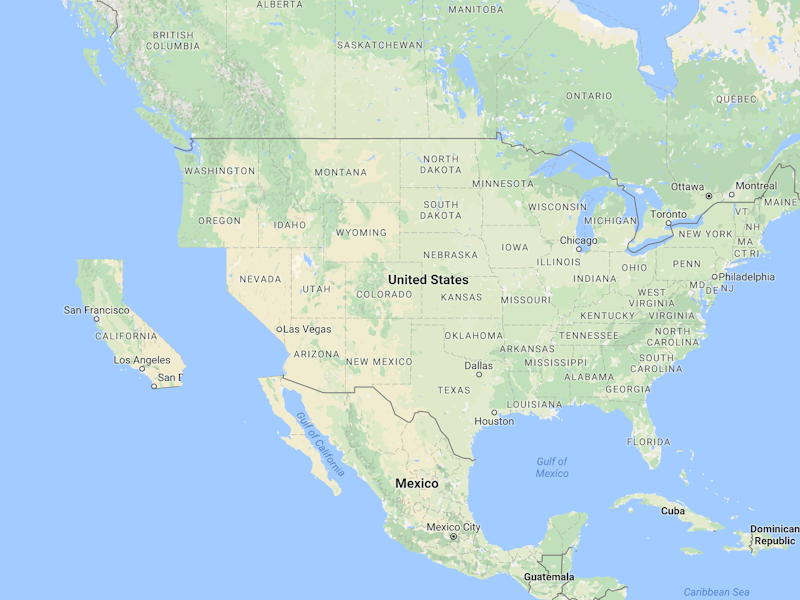Silicon Valley Wants to Fund California's Secession, #Calexit
Shervin Pishevar is leading the entrepreneurial charge.

As the 2016 United States election results rolled in late Tuesday evening, some of California’s wealthiest and most influential entrepreneurs began to voice support for California’s secession. Shervin Pishevar, the founder of Hyperloop One, went on a tirade about it; Dave Morin, entrepreneur and CEO of Path, volunteered for the project — “New California” — as did several other entrepreneurs.
“If Trump wins,” Pishevar wrote, as that outcome grew more and more likely, “I am announcing and funding a legitimate campaign for California to become its own nation.”
He continued: “It’s the most patriotic thing we can do. Country is at serious crossroads.” Meanwhile on Twitter, #Calexit began trending as U.S. citizens evidently found inspiration in Britain’s referendum to leave the European Union, or Brexit.
While no one can deny the fact that the U.S. is at a crossroads, it’s not unreasonable to question whether a large-scale secessionist movement is what the U.S. needs. In addition, it’s not unreasonable to wonder whether a majority of California’s residents would support such an audacious move.
For those opposed to a Donald Trump presidency, there are upsides to the idea: If the federal government lost access to California’s 39-million-person tax base, it would presumably grow uncomfortable.
And California, in particular, is a dangerous state to lose. California is a top crop producer; there’s Hollywood, there’s plenty of marijuana, there’s a massive tourism industry. Silicon Valley companies would either no longer be part of the U.S. or be forced to relocate. This last fact, though, could prove especially problematic for Pishevar’s plan: It’s hard to imagine that these companies would want to relocate, and it’s also near impossible to imagine that they’d accept and acclimate to new trade rules, tariffs, and so forth. They’d have to reckon with what happened post-Brexit.
But plenty among the anti-Trump ranks aren’t thrilled to learn about defection and secessionist movements. They hope to spearhead a movement within the country. For every like-minded person who chooses to leave, the potential movement is made weaker. It’s also not clear, again, that enough residents would get behind secession: Though Clinton won 61 percent of the votes, sizable chunks of Californian land remained red.
Clinton support in Blue, Trump support in red.
Still, Pishevar, et al. are following a tradition: There’s long been the Cascadia secessionist movement, which aims to remove at minimum Washington and Oregon from U.S.; some supporters would also invite northern California and part of Canada’s British Columbia. Pishevar’s movement, if it gains traction, would presumably also link up with the Yes California Independence Campaign. Success is unlikely, as secessionists in the U.S. don’t have a great track record. But still, despite the idea’s shortcomings, if enough wealthy, influential Silicon Valley people throw money at the cause, it could become a legitimate political cause. And Pishevar has four years to make headway.